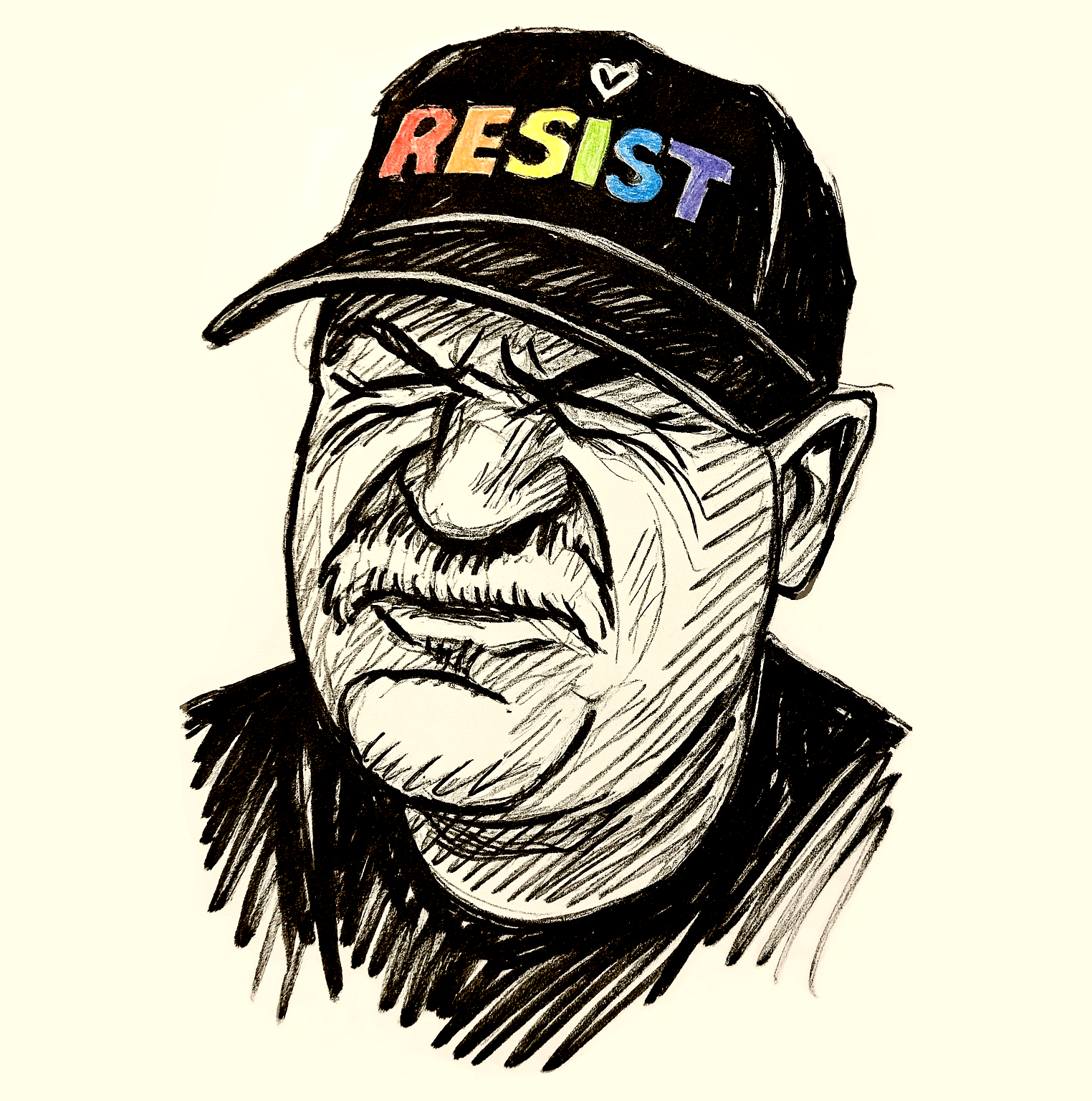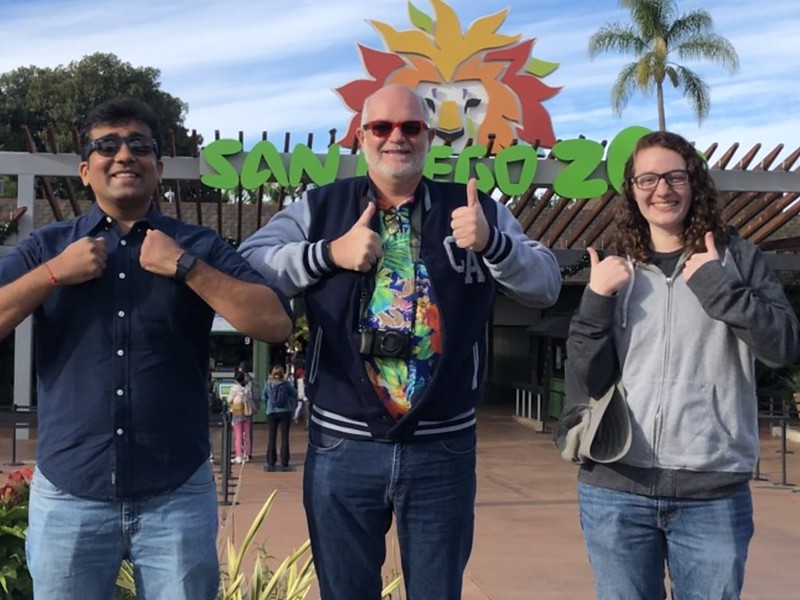Summary
Long lasting accessibility leadership is driven with community engagement. Learn how we’ve used this mindset to grow accessibility at Intuit, Yahoo, and beyond.
When we think about leadership, we often picture a single person standing at the front of the room, confidently sharing big ideas and inspiring the crowd. We imagine a strong individual leading the charge, driving change through personal determination and charisma.
But if there’s one lesson I’ve learned from years of working in accessibility and inclusive design, it’s this: True impact rarely comes from “I.” It comes from “we.” Accessibility is never a solo act. It’s a community effort, a team sport, a collective journey. And yet, shifting from “I” to “we” is harder than it sounds. It challenges our egos, pushes us to share the stage, and forces us to trust others with work we deeply care about.
I want to share some stories of leaders and colleagues who have shown me what “we” looks like in action. Each of them taught me that leadership is not about holding the mic — it’s about passing it around.
Learning to Let Go
One of my earliest and most important mentors was Cheryl Ainoa. Back when I was at Yahoo, Cheryl showed me what it meant to lead with openness and humility. She believed in creating a safe space for learning, where mistakes weren’t failures but lessons waiting to be shared.
She didn’t rush to correct or micromanage. Instead, she listened, asked questions, and helped us find our own paths forward. That approach helped everyone grow, and it built a sense of ownership across the team. Cheryl’s patience and steady support taught me that when we stop trying to be the hero, we give others a chance to rise.
I’ve carried that lesson with me ever since. Instead of asking, “How can I fix this?” I try to ask, “Who else can help shape this solution?” That small shift can make all the difference.
Creating Collective Ownership
At the BBC, Gareth Ford Williams took this idea even further. Gareth didn’t just focus on getting accessibility right; he worked to build a culture where accessibility belonged to everyone.
He didn’t keep the knowledge to himself or act as the sole authority. Instead, he encouraged designers, engineers, and product managers to learn about accessibility and bring it into their daily work. By empowering others, he made accessibility stronger and more sustainable.
Gareth’s approach wasn’t about building a personal brand — it was about building a movement. He knew that if accessibility depended on just one person, it wouldn’t survive in the long term. By creating collective ownership, he made sure that accessibility would keep growing, even if he stepped away.
Empowering New Voices
I’ve seen this shift from “I” to “we” play out through the journeys of many colleagues.

Take Sagar Barbhaya, for example. Sagar started as a co-op engineer, eager to learn and improve his skills. Over time, he became a key accessibility advocate, not because he chased the spotlight but because he shared his knowledge freely and supported his teammates.
He mentored others, built bridges across teams, and made accessibility approachable. When Sagar eventually moved on to new opportunities, he carried this mindset with him, spreading accessibility best practices and empowering even more people to take ownership.
Sarah Margolis-Greenbaum is another powerful example. She combined deep research with storytelling, helping teams understand accessibility as more than just a checklist. She brought the human side of accessibility to life, showing colleagues why it mattered and how it could improve everyone’s experience.
Her ability to connect data with emotion inspired teams to move from passive support to active ownership. Instead of telling them what to do, she invited them to join the story and shape it together.
Lifting Up Entire Communities
Laura Celentano’s journey shows the power of this mindset in action. At Mailchimp (before it became part of Intuit), Laura led accessibility community efforts that brought people together from different roles — engineers, designers, and managers.
When she joined Intuit, Laura quickly moved up through the Accessibility Champion program, becoming a Level 2 and then a Level 3 Champion. But more importantly, she stayed the go-to person for accessibility at Mailchimp, even as the company changed. Laura didn’t just hold the knowledge herself. She focused on growing the skills of those around her, making sure people felt confident and recognized for their contributions. She created space for others to lead, encouraged experimentation, and celebrated every small win.
By focusing on community rather than individual achievement, Laura showed that building “we” means building trust and giving others a real stake in the mission.
Facing the Fear of Letting Go
Let’s be honest: moving from “I” to “we” can be scary. Many of us worry that if we step back, quality will suffer. We worry about losing control or influence. We wonder if we’ll still feel valuable. But here’s the thing: if your work can’t continue without you, it wasn’t as strong as you thought.
We often talk about the “hit by a bus” scenario — what happens if you suddenly can’t work tomorrow? Will the team know what to do? Will the program fall apart? Ego-free leadership means planning for that possibility. It means documenting your work, sharing your expertise, and inviting others into decision-making. It means creating a strong foundation so that the mission, not your role, is at the center.
The Power of “We” in Language
The words we use shape how people see their roles. When we constantly say “I did this” or “I built that,” we unintentionally signal that others don’t have a part to play. By shifting to “we,” we invite participation. We show that successes belong to the team, not just to one person.

At Intuit, this shift helped spread accessibility beyond engineering and into design and product management. Designers like Ace Vu and Louise Mintun stepped up to run inclusive design workshops and drive accessibility deeper into design systems.
Product managers like Poonam Tathavadkar and Anil Surya embedded accessibility into planning and strategy, making it part of how products were shaped from the very beginning. These leaders didn’t wait for permission or for someone to hand them a manual. They felt included in the “we,” and as a result, they helped accessibility thrive in new and unexpected ways.
Celebrating Others
One of the most important parts of moving to “we” is learning to celebrate others genuinely and often.
Highlighting someone else’s work in a team meeting, nominating them for an internal or external award, or encouraging them to speak at a conference all help build confidence and foster growth. These moments of recognition show that contributions matter, and they encourage even more people to get involved. When people feel seen and valued, they’re more likely to keep pushing accessibility forward, even when challenges arise.
Building a Legacy Beyond Ourselves
Ultimately, moving from “I” to “we” isn’t just a feel-good exercise. It’s how we build a sustainable legacy. Accessibility is too important to rest on any one person’s shoulders. If we want it to survive, grow, and adapt, we have to share it. When we create space for new ideas, new leaders, and new ways of thinking. And that’s the real reward: knowing that the work will continue and evolve, long after we’ve stepped away from the front lines.
If you’re leading accessibility work today, think about where you might still be holding on too tightly. Where can you invite others in? Where can you share more openly? Who could you help spotlight this week?
Remember: leadership isn’t about being the single voice that echoes across the room. It’s about being the chorus that lifts up the song. When we move from “I” to “we,” we don’t just build better teams — we build a future where accessibility is stronger, more resilient, and more human.
[This article was written with support from AI]

